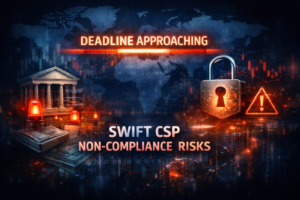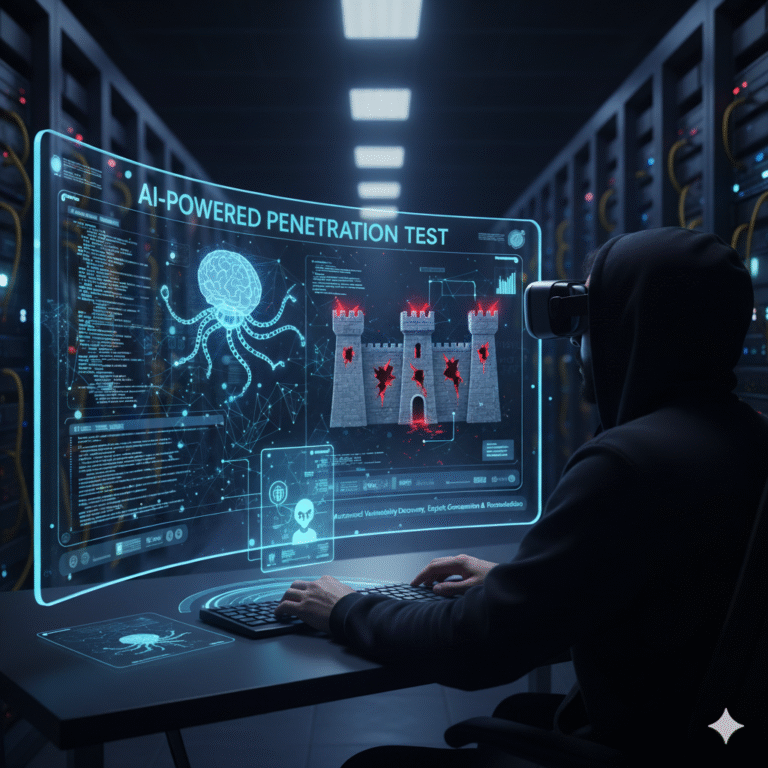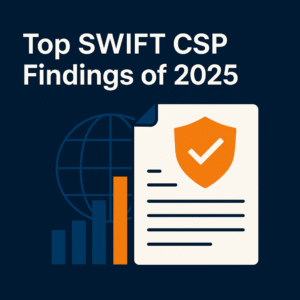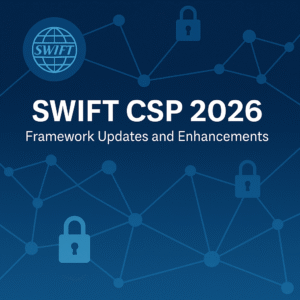
AI Penetration Testing — Smarter, Faster, and More Actionable Security

Penetration testing used to be pretty straightforward: experts poke at your systems, find weak spots, and hand you a report. Today, systems are more complex, attacks are more creative, and the old “scan-and-report” approach just doesn’t scale. That’s where AI steps in; not to replace human testers, but to make them far more effective. AI penetration testing can produce highly effective and reliable results for any organization.
AI can sift through enormous volumes of data in seconds, highlight suspicious behaviors that might otherwise go unnoticed, and even suggest the most efficient way to remediate issues. It helps cut through the noise, reduce false positives, and uncover subtle risks, while human testers bring creativity, intuition, and critical judgment to the table.
The result is a new kind of penetration testing: faster, smarter, and more adaptive. It transforms penetration testing from a once-a-year checkbox exercise into a living process that keeps pace with both attackers and business change.
At World Informatix Cybersecurity (WICS), we leverage cutting-edge AI integrations to enhance our services, ensuring a more comprehensive and intelligent approach to vulnerability and penetration testing.
The Multifaceted Benefits of Integrating AI in Pentesting
At WICS, we’ve built artificial intelligence into every step of our penetration testing process, making it smarter, faster, and more effective. Instead of spending endless hours on manual reconnaissance, our AI systems quickly sift through massive amounts of information; everything from DNS records and software details to social media posts and even chatter on dark web forums. This helps us create a clear picture of a company’s digital footprint and pinpoint possible weak spots right from the start. When it comes to scanning, the AI doesn’t just list open ports; it digs deeper, analyzing software versions and configurations to highlight which ones are actually exploitable. That means our human testers can spend their time on the real risks, not chasing false alarms.
The real power of AI shows up during vulnerability assessment and testing. Our machine learning models are trained on enormous datasets of known exploits, attack methods, and system behaviours, so they’re able to detect even the trickiest vulnerabilities that traditional tools might miss. They also weigh context like how critical a system is or how likely an attack might succeed, to prioritize the biggest threats first. We even use reinforcement learning to safely simulate exploitation, letting AI “think” like a persistent attacker who tries different strategies until something works. After a test, AI continues to monitor for new vulnerabilities, check if sensitive data was exposed, and simulate how attackers could move through systems to measure the full business impact of a breach.
For our clients, this all translates into real, tangible benefits. By letting AI handle the repetitive, time-consuming tasks like scanning and report drafting, our experts can focus on the creative, high-value parts of testing: designing complex attack scenarios, building custom exploit chains, and interpreting subtle findings. This makes our work not only faster but also scalable, so we can take on bigger, more complex environments without costs spiralling out of control. Reports are sharper too, with fewer false positives and clear prioritization of what needs fixing first. Most importantly, instead of just offering a one-time snapshot, our AI tools provide continuous security validation. They can flag new risks right after a software update or configuration change, giving organizations the chance to fix issues before attackers ever spot them. And with AI-driven simulations of real-world threats including those used by advanced adversaries like nation-states, our clients don’t just learn about vulnerabilities; they get a true sense of how well their defenses hold up against the most determined attacks.
The practical benefits that you’ll actually notice
- Faster discovery: The initial mapping and scanning happen much quicker.
- Better prioritization: Your team fixes what matters first, not what’s loudest.
- Less noise: Fewer false positives mean analysts spend time on real issues.
- Developer-friendly output: Clear steps and templates reduce remediation time.
- Continuous coverage: Cloud and AI-specific posture tools keep an eye on your evolving environment.
Common concerns and how we address them
- “Is AI going to make mistakes?” Yes. And that’s why human validation stays central. AI accelerates discovery and triage, but we don’t accept automated findings without review.
- “Will sensitive data be shared with vendors?” Good question. Modern tools offer controls and dashboards (for example, AI-Aware features) so you know what’s being scanned and how data is handled. We configure systems to meet your privacy and compliance needs.
- “Does autonomous red teaming run wild?” Not on our watch. Agentic approaches are used within strict rules, with human sign-off and safe execution environments.
Bottom line
AI doesn’t replace pentesters; it makes them better. It speeds up discovery, clarifies which risks to fix first, reduces wasted time, and helps turn pentesting from a periodic exercise into an ongoing, actionable security program.
Cybersecurity isn’t just about patching holes; it’s about building resilience. With AI-driven penetration testing, World Informatix delivers faster discovery, sharper prioritization, and smarter remediation guidance. The result? Your organization spends less time sorting through data and more time fixing what truly matters.
In the arms race of cybersecurity, our AI integration marks a decisive step towards a more secure and proactive future. With WICS, penetration testing becomes more than just finding flaws; it becomes an ongoing strategy to keep your business resilient in the face of modern threats.

About World Informatix Cyber Security
World Informatix Cyber Security (WICS) has helped financial institutions of all sizes – from small regional banks to Central Banks and the United Nations, navigate the SWIFT Customer Security Programme since 2016.
As one of the original CSP assessors and the lead incident response from the largest SWIFT attack at the Central Bank of Bangladesh in 2016, our experience provides a comprehensive and holistic approach to security the SWIFT payment system.




